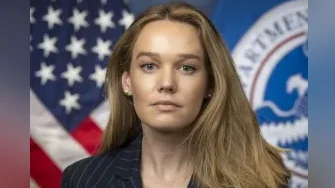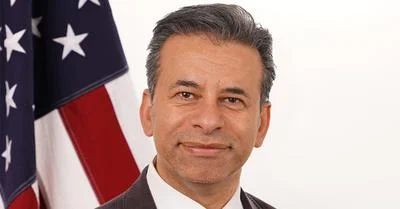GRAND JUNCTION, COLO. - The Bureau of Reclamation is reducing salinity and improving water quality in the Colorado River Basin by reducing salt loading into the river from the Crawford Clipper Center Lateral in Delta County and the Gould Canal in Delta and Montrose Counties. Naturally-occurring salts in the sediment along the canals are picked up by water leaching from the earthen ditches and entering the Colorado River system. The resulting reduction in water quality creates a negative economic impact to downstream infrastructure and crops. The purpose of the projects is to prevent seepage and reduce salinity loading in the Colorado River Basin.
The Crawford Clipper Center Lateral Pipeline Project will replace approximately 4.3 miles of open irrigation ditch with buried pipe. The Gould Canal Improvement Project will convert 12.4 miles of the canal to pipeline and geomembrane lining. These improvements will reduce seepage along the canals, enhancing water supply and improving water quality by preventing approximately 8,303 tons of salt per year from entering the Colorado River.
“Reducing salt along the Clipper Center Lateral and the Gould Canal will help improve the water quality, crop production and wildlife habitat in the Colorado River Basin," said Ed Warner, area manager for Reclamation’s Western Colorado Area Office.
Copies of the final Findings of No Significant Impacts and Environmental Assessments on the projects are available online at www.usbr.gov/uc/envdocs/index.html or by contacting Reclamation. Historical and photographic documentation on the canals is available at www.usbr.gov/uc/wcao/rm/cr/index.html.
Piping and lining of the projects tentatively scheduled to begin in November 2019.
Source: Bureau of Reclamation





